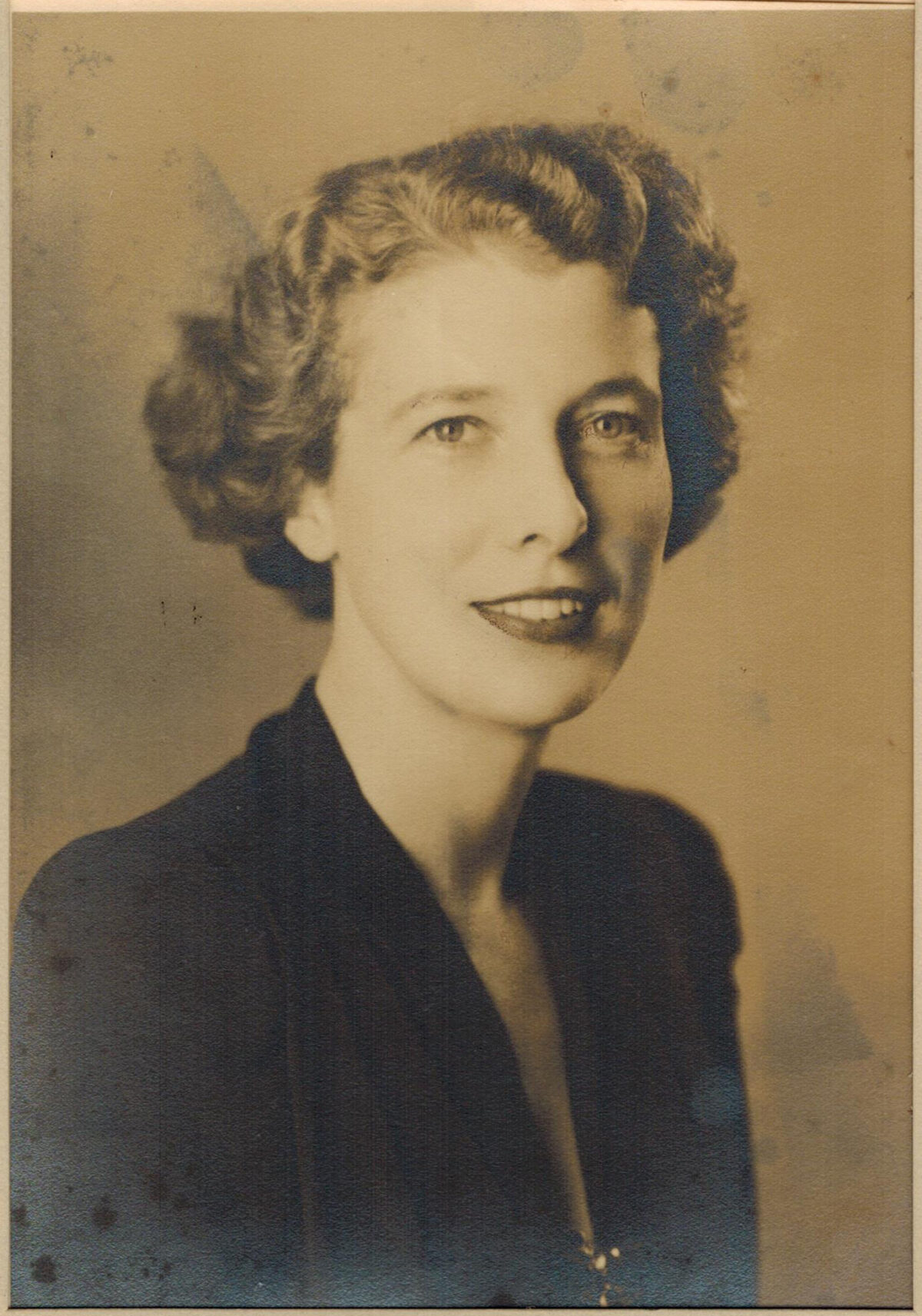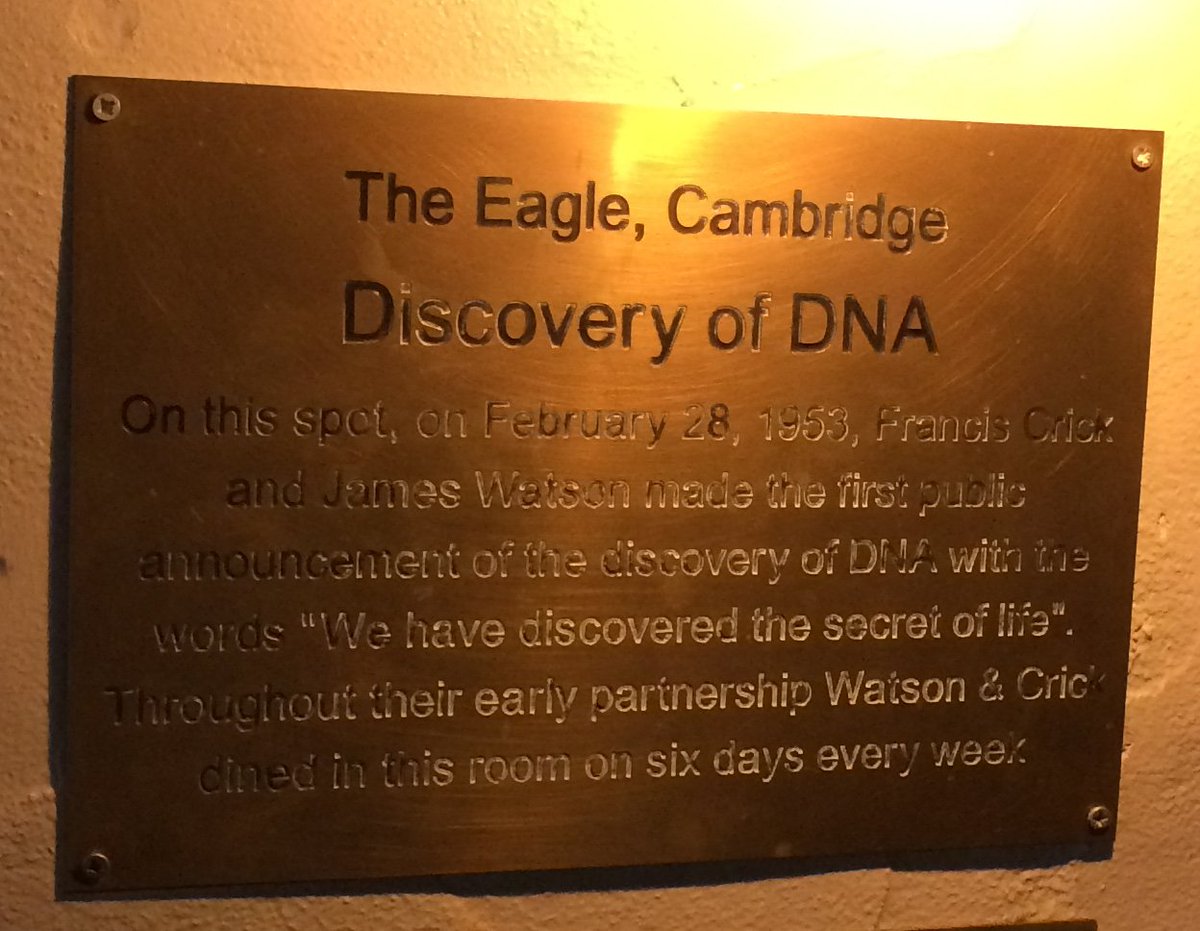Thanks to sporting giants such as Sir Ian Botham and Sir Alastair Cook, the Leeds suburb of Headingley is more usually associated with cricketing legends, (especially as the England team are currently turning the tide against India there) – but it’s also been the home of scientific legends who blazed the trail in the story of DNA. One such unsung heroine is Florence Bell who, in 1938 made the very first X-ray studies of the structure of DNA – and all thanks to research by her supervisor William Astbury into the humble wool fibre! There’s more about Bell and how wool played a vital role in unravelling the molecular mysteries of DNA in my new article ‘On the Shoulders of Giants’ for the online science journal ‘Inference’ at https://inference-review.com/letter/on-the-shoulders-of-giants
I’m also delighted and honoured to have been invited by Girton College, Cambridge to give their annual alumni lecture this year on ‘Florence Bell – the ‘housewife’ with X-ray vision’ – a title taken from a recent paper that I wrote about her for the Royal Society
#girtonalumniweekend2021 #girtoncollegeannuallibrarytalk #girtonalumni #girtoncollege #cambridgealumnifestival

